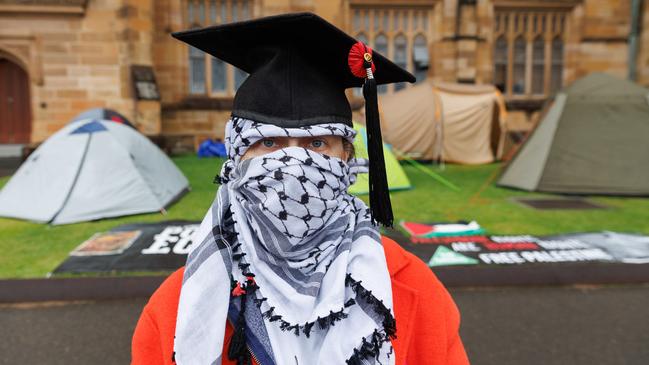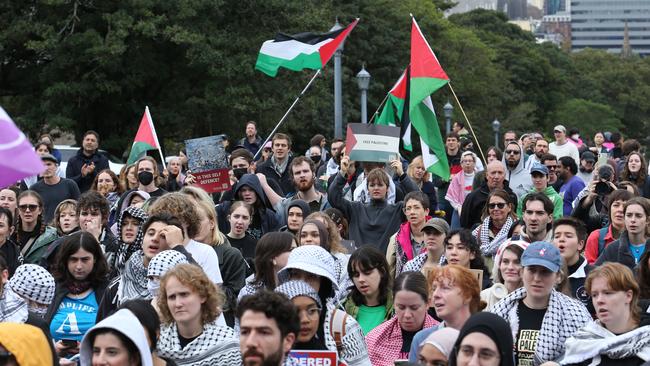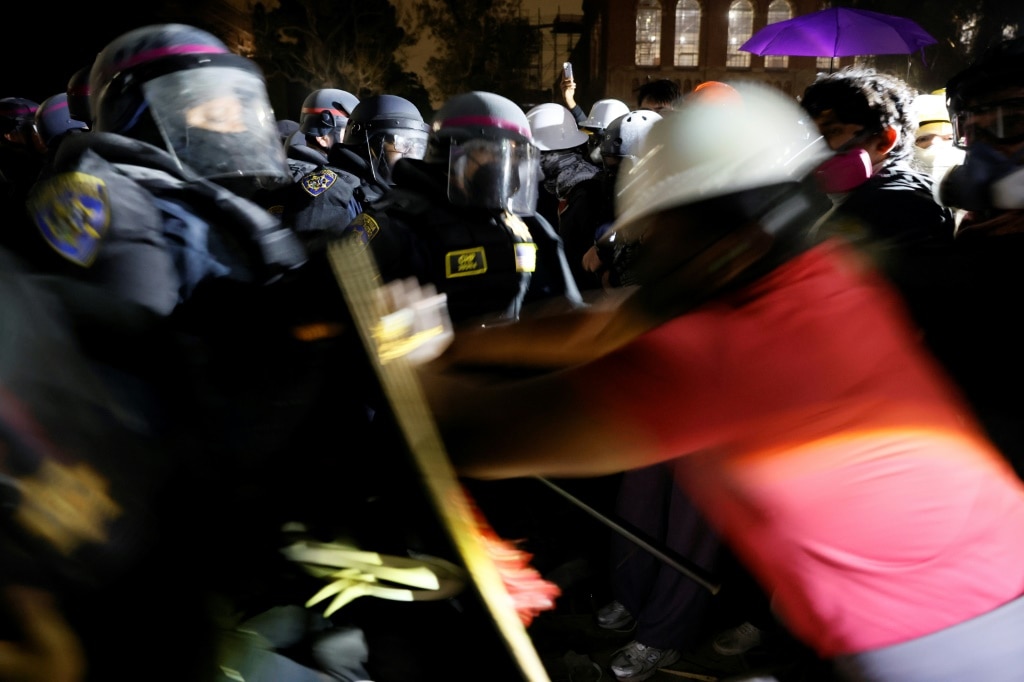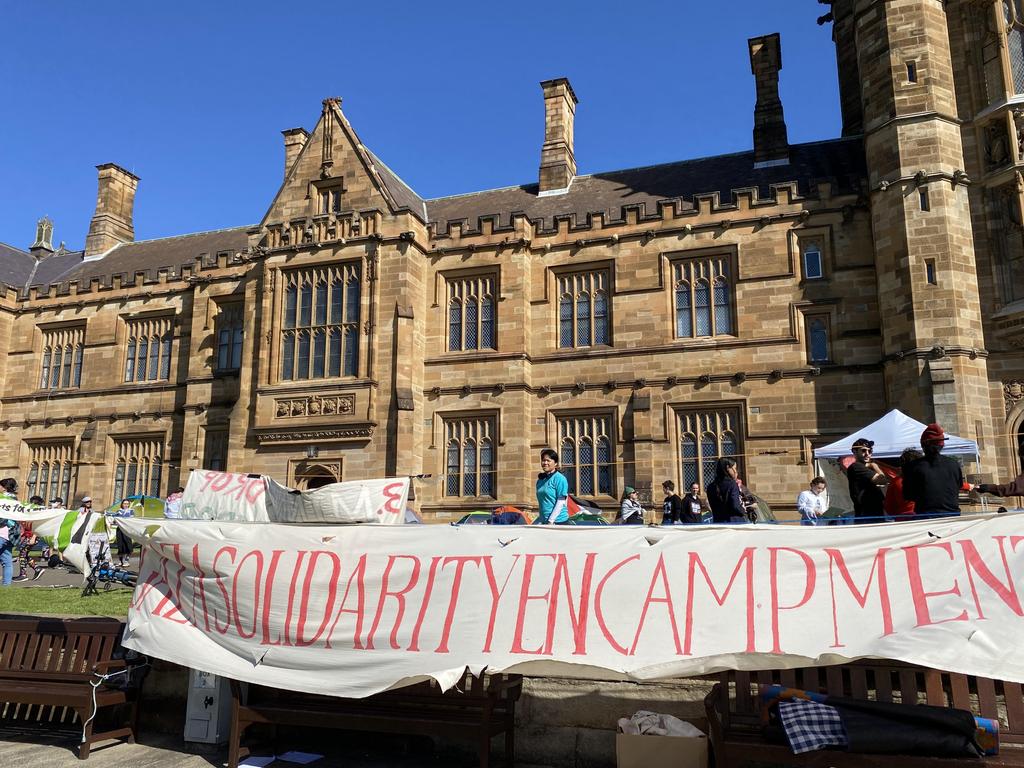
Whether it was a white dude sporting dreadlocks or a drunk student putting on a sombrero, the cry would go up: “Stop stealing other people’s culture!” I’m not joking about the sombreros. Student officials at the University of East Anglia in England went so far as to ban non-Mexican students from donning Mexican headgear on the basis that it’s “racist”.
Pop singer Katy Perry was accused of “appropriating black culture” after wearing her hair in cornrows. Even the sainted Beyonce got it in the neck after sporting a sari in a Coldplay video. Is she “misusing Indian culture”, pondered the lunatic BBC?
Cultural appropriation, declared the Oxford Dictionary, refers to “Western appropriations of non-Western (culture)”. You must never do this, barked PC finger-waggers. Yet fast forward to today and cultural appropriation seems to be acceptable again. In fact, it’s all the rage.
Right-on campuses are awash with upper-class white kids wearing the garb of “non-Western” people. No, not the sombrero or forbidden Afro hairstyles but the keffiyeh. Everywhere you look, from Los Angeles to London to Sydney, students are adorned in these checkered scarfs from the Middle East.

The kind of people who just a few years ago would have harangued some white girl for getting a Japanese-style tattoo now spend their days decked out in Arab attire.
They call it solidarity, of course. We wear the keffiyeh to show our support for the beleaguered Palestinians, they say.

I’m not buying it. Since when did solidarity involve fancy dress? I don’t remember those 1960s kids who protested against the Vietnam war putting on bamboo conical hats in mimicry of the Vietnamese peasants who often felt the heat of US bombs. Or Western supporters of the Quit India Movement wearing white dhotis in the style of Mohandas Gandhi.
The keffiyeh craze feels more like radical chic than meaningful activism. The Arab cloth has become an essential fashion item for the woke, the mandatory uniform of the self-righteous. Keffiyeh-wearing is less about drawing attention to the plight of the Palestinians than drawing attention to “you”. Pulling on a keffiyeh is a shortcut to the moral high ground. Hipsters will smile at you in the street. Your local craft coffee house may even give you your macchiato for free.
When I see students camping out for Gaza with keffiyehs wrapped around their necks and faces, I don’t think: “Now that’s solidarity” – I think: “Now that’s showing off.” It’s an act of moral distinction, a way for the educated elites to differentiate themselves from the supposedly indifferent throng.
These keffiyeh wearers are plundering foreign culture far more egregiously than some legless bloke in a sombrero propping up the student bar. For they don’t only dress up like Gazans, they creepily mimic their living conditions, too.
Witness the student leader at Columbia University in New York City – in a keffiyeh, of course – saying that she and her fellow campers required “humanitarian aid”. Do you want us to “die of dehydration and starvation”, she crazily asked university bosses.
There is something gross about privileged kids on an Ivy League campus cosplaying as victims of a humanitarian crisis. These people could have pizza Deliverooed at a moment’s notice.
In one truly cringe-worthy clip, a group of Columbia students could be seen receiving “humanitarian aid” through the college gates. I say humanitarian aid – it was probably just their Starbucks order or a blueberry muffin from a local bodega.
It came off as a crass re-enactment of the scenes we’ve seen in Gaza: hyper-privileged Ivy Leaguers masquerading as the wretched of the earth.
When mainly Jewish counter-protesters confronted the Gaza camp at the University of California, Los Angeles, the campers denounced them as “Zionist thugs”.
This is what life must be like for the Palestinians, some said. These people have no shame. It’s not enough to appropriate Palestinian scarfs – they want to appropriate Palestinian suffering, too.
This is a new, strange and unsettling kind of activism. It’s not ’60s-style solidarity with foreign struggles. And it actually goes beyond radical chic, beyond politics as fashion statement.
No, this is about coveting suffering. These activists, it seems to me, crave the moral rush of oppression, the thrill of persecution. They pull on the garb of a beleaguered people to escape, however fleetingly, the spoilt, pampered reality of their own lives, to taste that most prized of social assets in the woke era: victimhood. In draping the keffiyeh around their shoulders, they get to be someone else for a while. Someone less bourgeois, less white. Someone a little more exotic, a little more interesting.
It’s not politics – it’s therapy. They seek to wash away the “sin” of their own privilege through mimicking what they consider to be the least privileged people on earth: the Palestinians. It’s not Gaza they want to save but their own souls. It feels as if they’re more interested in what Palestine can do for them than in what they can do for Palestine. Palestine becomes little more than a source of meaning, a fountain of purpose, in the lives of bored youths on leafy campuses.
It’s a toxic mix of narcissism and racism, with Arabs reduced to the lowly role of soothing the white guilt of privileged Westerners.
Listen, that’s not solidarity, it’s the opposite – selfishness.








Whatever happened to the sin of “cultural appropriation”? You remember that wacky idea. It involved blue-haired woke activists raging against anyone who dared to “appropriate” the culture of a different ethnic group. On campuses across the Anglo-American world, “cultural appropriators” were forever being called out.